Methane-Eating Microbes: Tiny Ocean Dwellers That Might Help Fight Climate Change
Can Hungry Ocean Microbes Help Cool the Planet?
Fifty miles off the coast of Tuscany, near the rugged Island of Montecristo, an invisible army is at work on the seafloor. These soldiers aren’t human—they’re microscopic organisms that consume methane, one of the most potent greenhouse gases driving climate change.
Methane traps over 25 times more heat in the atmosphere than carbon dioxide over a 100-year period. And while it doesn’t last as long in the air, its short-term impact is severe. Every year, hundreds of millions of tons of methane escape into the atmosphere—from oil and gas operations, livestock digestion, landfills, and natural wetlands.
But in the deep ocean, nature has already developed a cleanup crew.
Meet the Methane-Eating Microbes
Beneath the waves of the Tyrrhenian Sea, methane seeps out of cracks in the Earth’s crust—sometimes erupting through underwater “mud volcanoes” that spew gas and sediment into the water column.
There, specialized microbes known as methanotrophs (literally, “methane eaters”) thrive. These ancient bacteria and archaea have been consuming methane for billions of years, using it as their primary energy source.
When they metabolize methane, they convert it into carbon dioxide and water—a far less damaging outcome for the climate.
“They’re like natural methane filters,” says Dr. Braden Tierney, a microbial ecologist who recently led a research dive in the region. “If we can understand how they work, maybe we can deploy them where methane emissions are worst.”
Why Haven’t We Harnessed Them Yet?
Despite their potential, these microbes remain poorly understood. Many can’t survive outside their extreme deep-sea environments—high pressure, low oxygen, near-freezing temperatures.
Scientists are now racing to:
- Identify the most efficient methane-consuming strains
- Decipher the genes and enzymes that allow them to break down methane
- Test whether they can be adapted to work in land-based settings—like near oil wells, dairy farms, or landfills
One major challenge? Methane is a simple but stubborn molecule. Breaking its chemical bonds requires specialized biological machinery that most organisms lack.
But evolution has already solved this problem—repeatedly. Methanotrophs exist not just in the ocean, but also in soils, lakes, and even rice paddies. The trick is scaling their power.
From Ocean Floor to Climate Solution?
Researchers envision several possible applications:
🌱 Biofilters at emission sites: Install microbial mats or bioreactors that capture and digest methane before it reaches the atmosphere.
🐄 Livestock feed additives: Engineer gut-friendly methanotrophs (or their enzymes) to reduce methane from cow burps—a major agricultural source.
🛢️ Oil and gas monitoring: Use methane-consuming microbes as living sensors to detect leaks in pipelines or wells.
While these ideas are still in early stages, the discovery of highly active methanotrophs near natural seeps—like those off Montecristo—offers a promising starting point.
A Microbial Ally in the Climate Crisis
These tiny organisms won’t single-handedly stop global warming. But they represent a nature-based solution that complements clean energy, policy changes, and carbon capture technologies.
As Dr. Tierney puts it:
“We’re not going to geoengineer our way out of this crisis alone. Sometimes the best tools are the ones that have been here all along—quietly doing their job, deep beneath the sea.”
Why This Matters to Clinical Microbiology
At first glance, deep-sea methanotrophs may seem far removed from human health. But this research highlights a core principle of microbiology: microbes shape planetary systems—and human survival.
Understanding microbial metabolism, adaptation, and ecology isn’t just about treating infections. It’s about harnessing the invisible majority to solve global challenges—from climate change to food security to pollution.
At ClinicalMicrobiology.org, we believe that all microbiology is connected—whether it’s in a patient’s gut, a hospital lab, or the depths of the Mediterranean.
Stay Curious About the Microbial World
Want more stories where microbiology meets real-world impact?
👉 Subscribe to ClinicalMicrobiology.org for science-backed insights on emerging pathogens, environmental microbes, and innovations that start with a single cell.
Note: This article is inspired by reporting from The New York Times (October 6, 2025) and current scientific knowledge of methanotrophic microbes. All content has been independently researched and rewritten for originality, clarity, and educational value. No copyrighted text has been used.
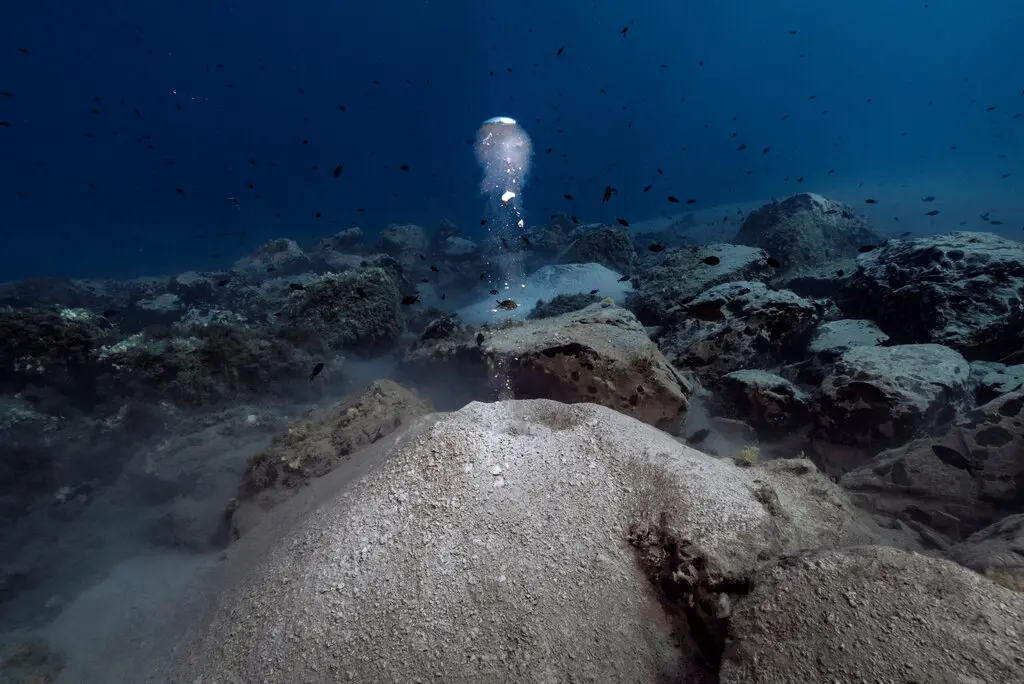
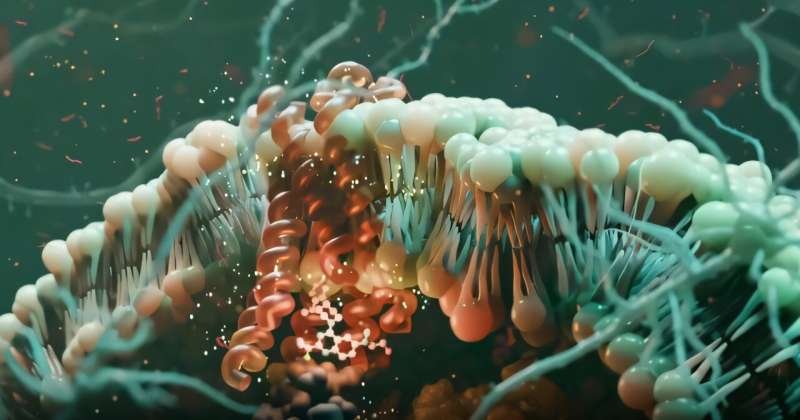
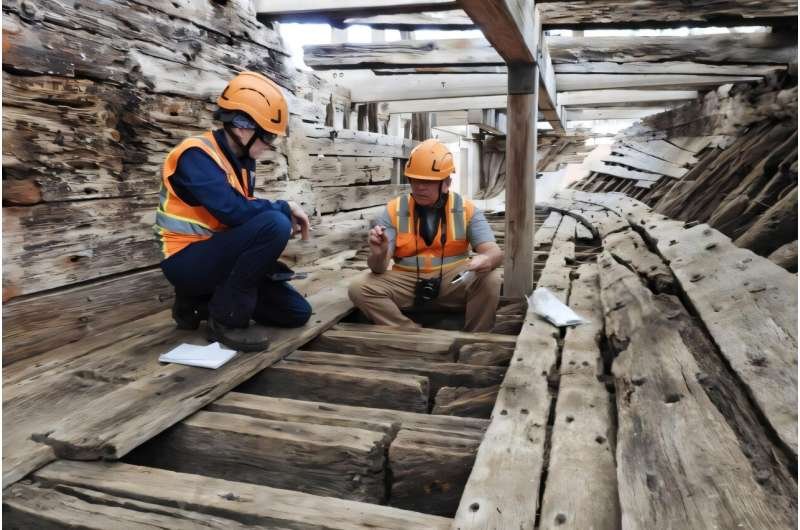
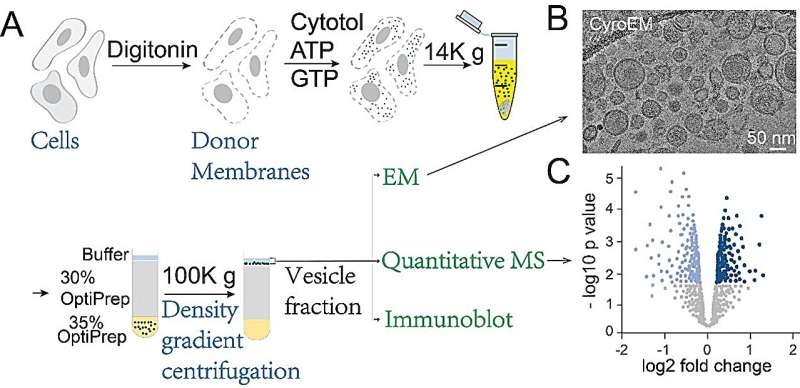

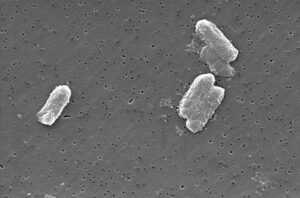

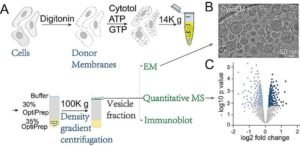
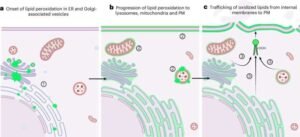


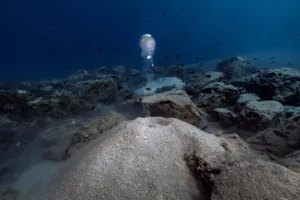
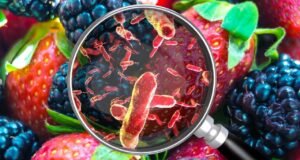
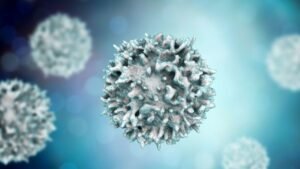
Post Comment